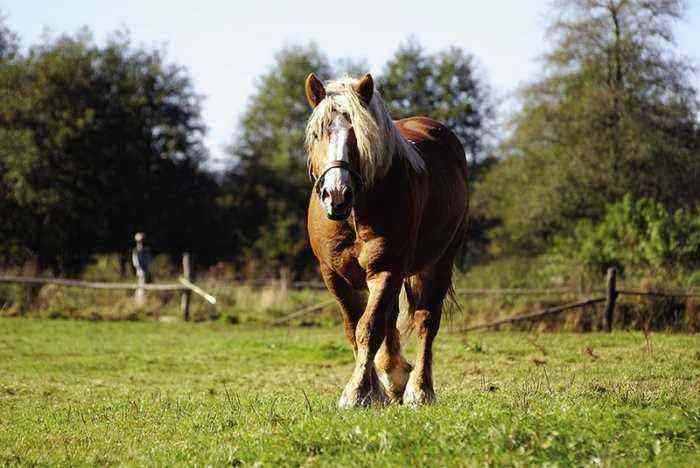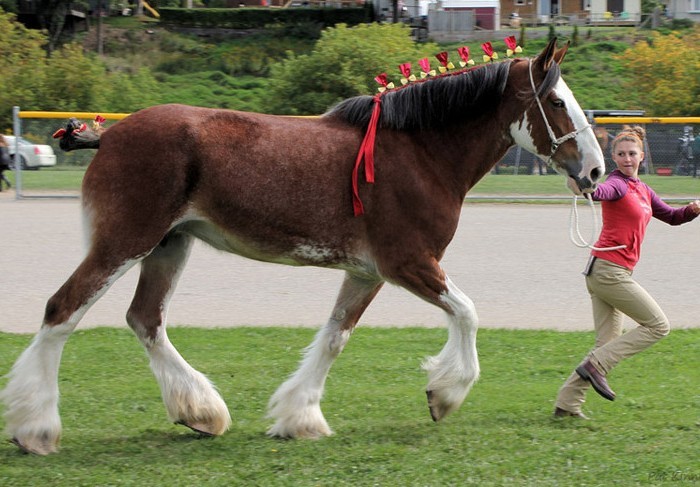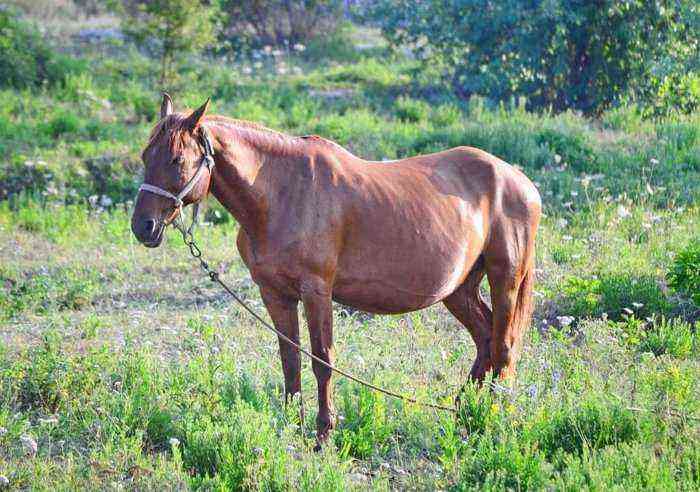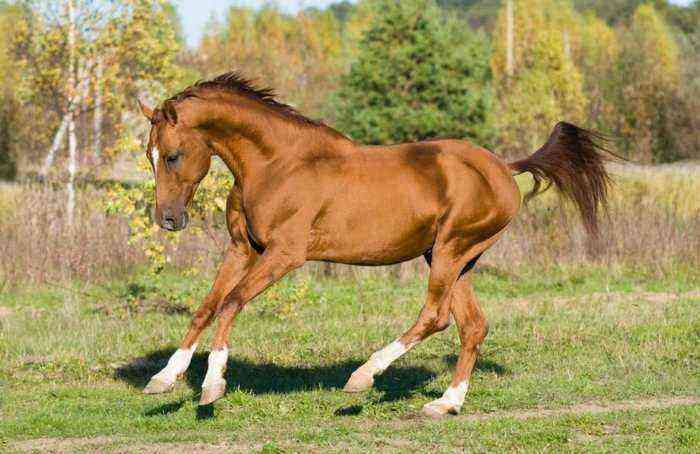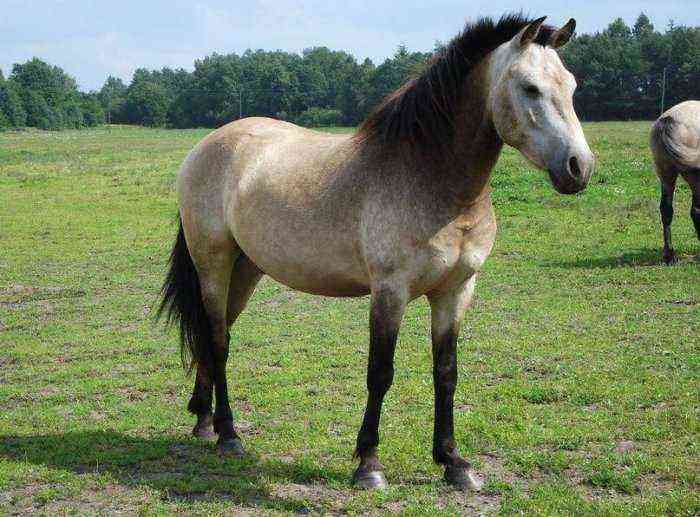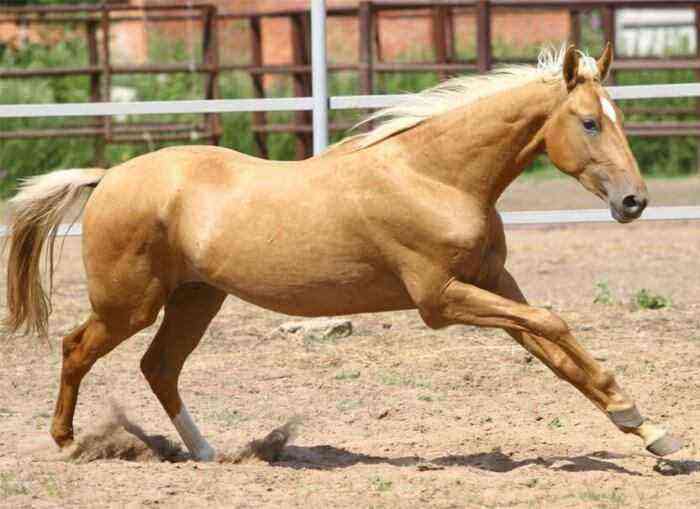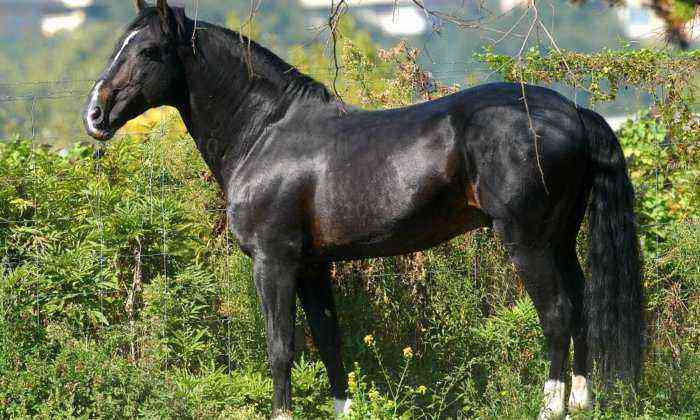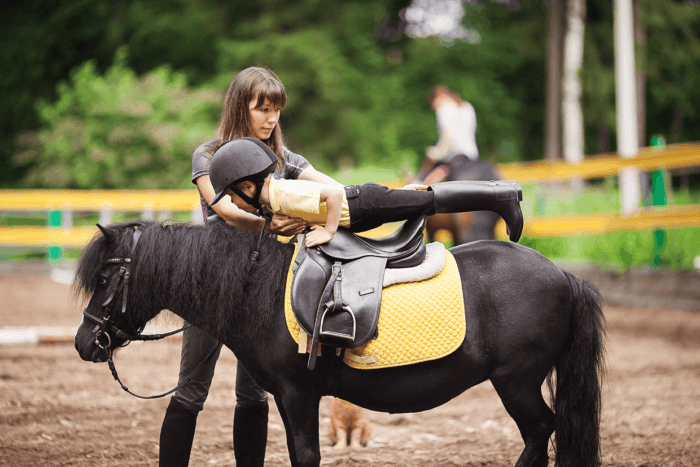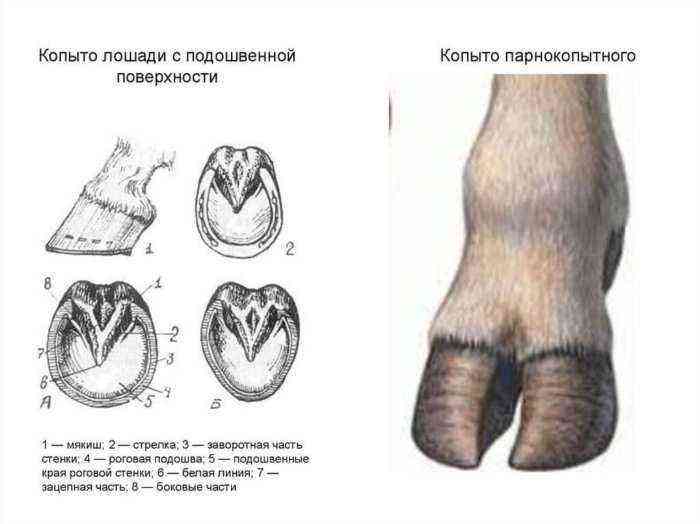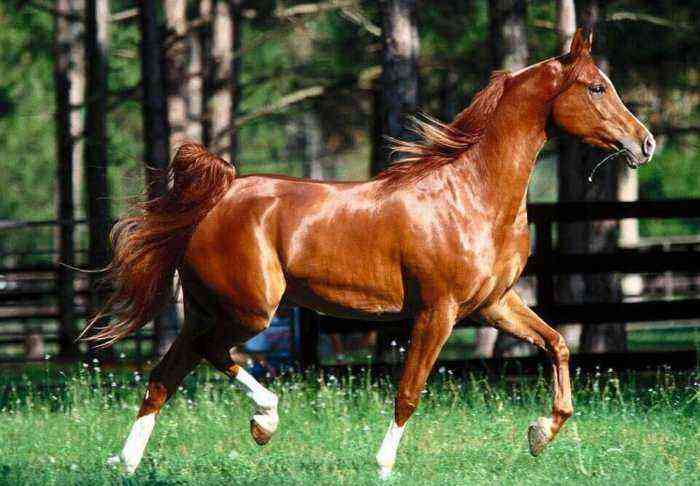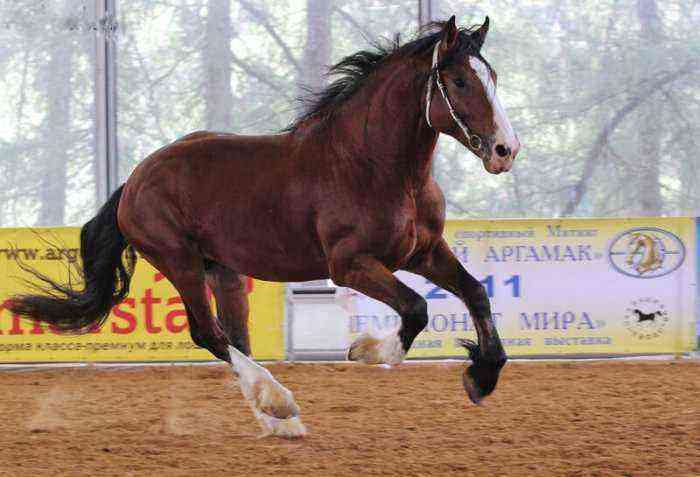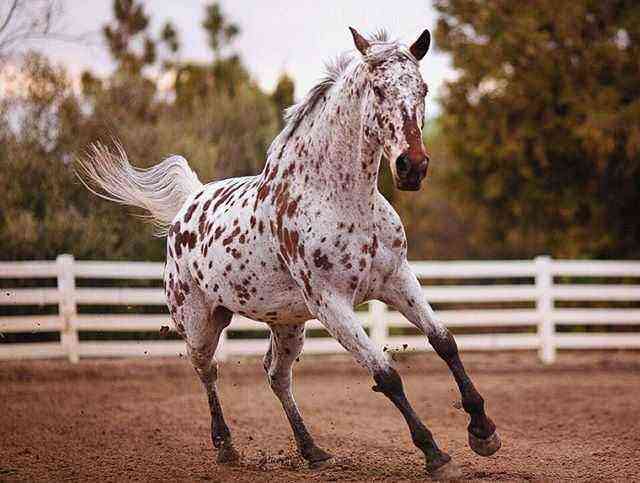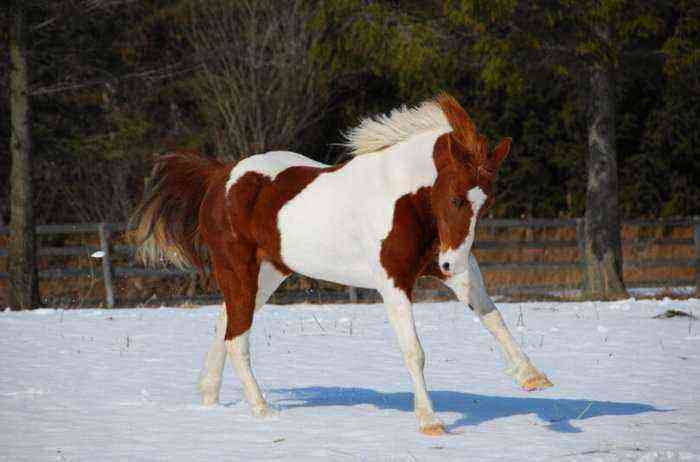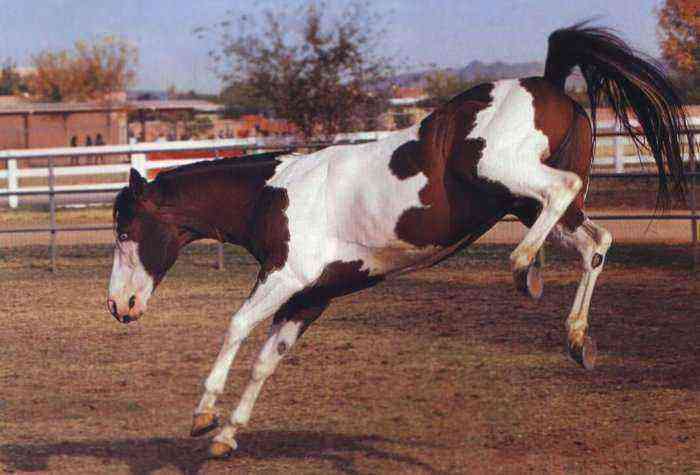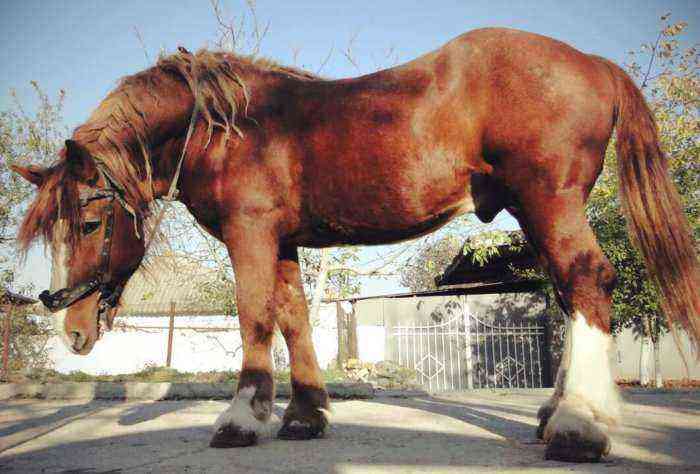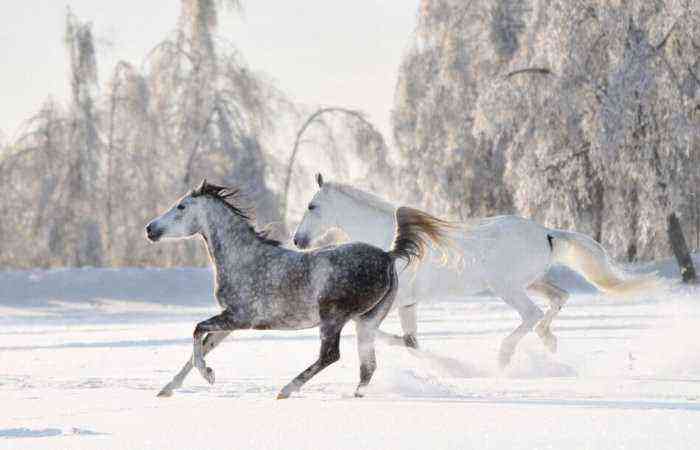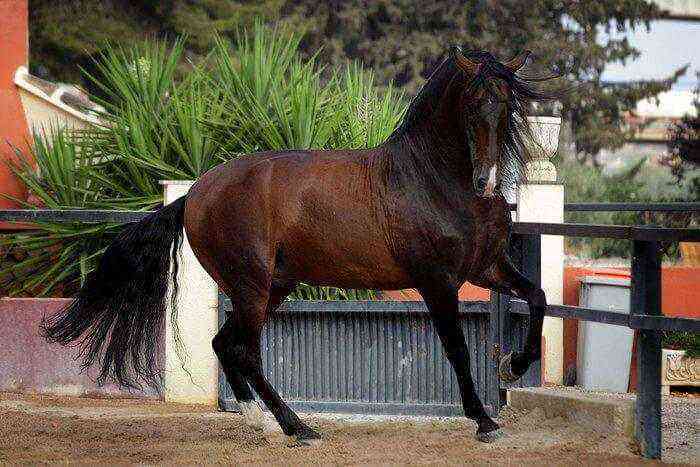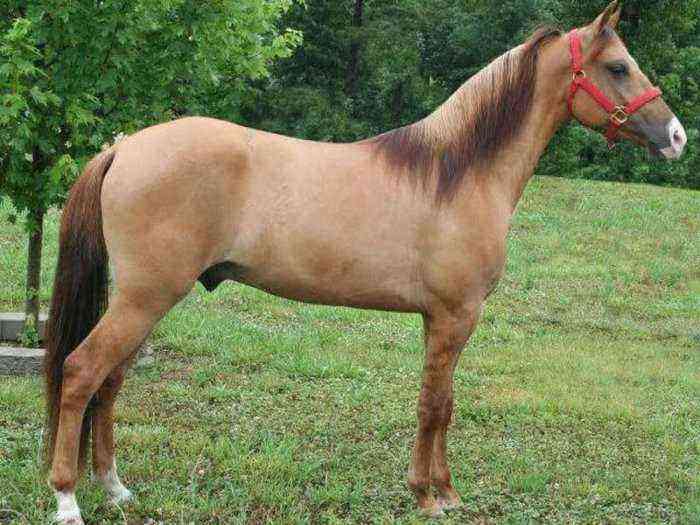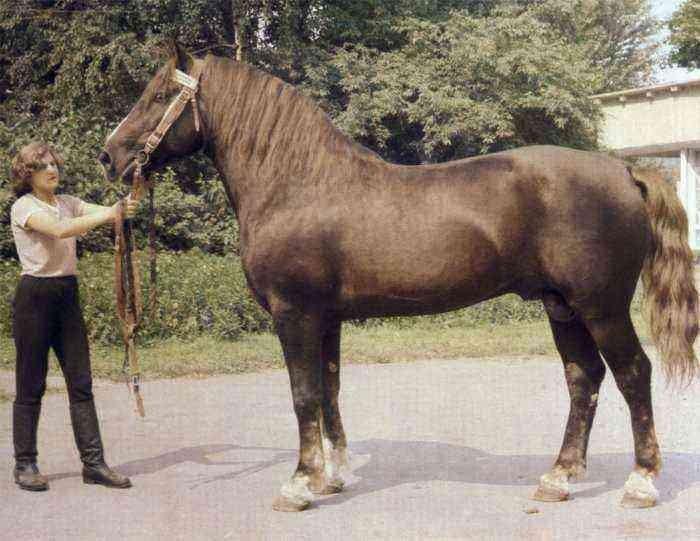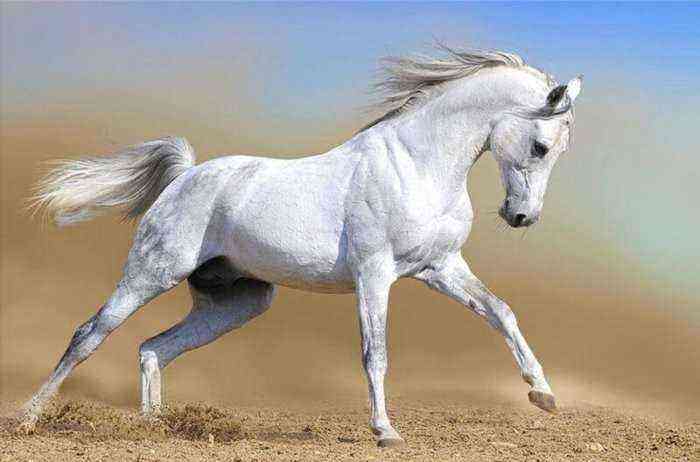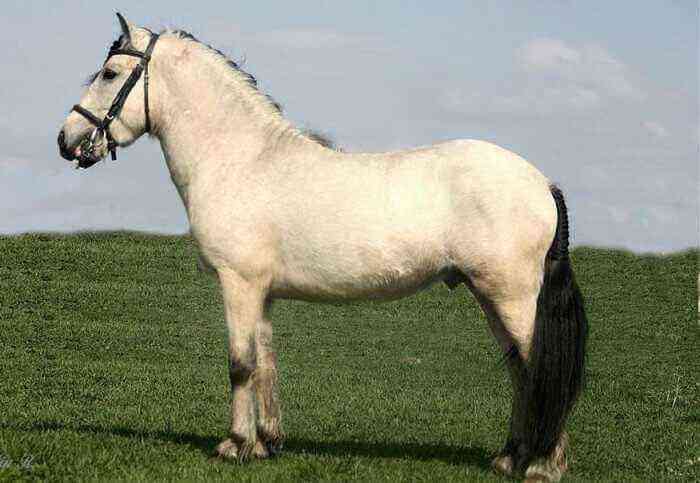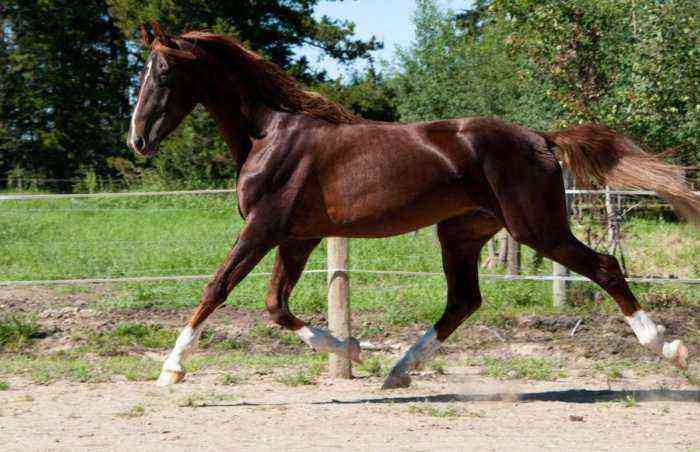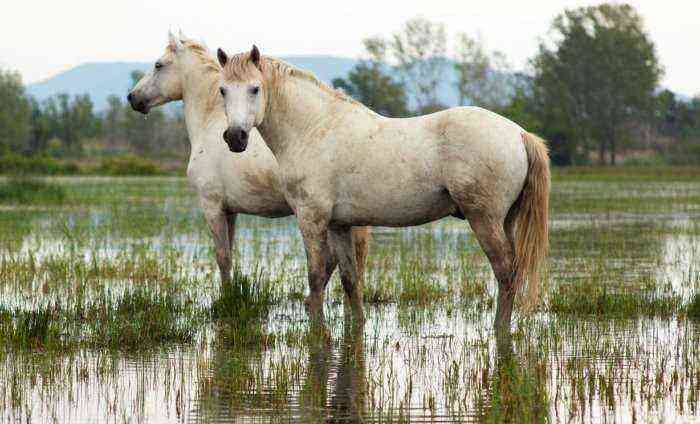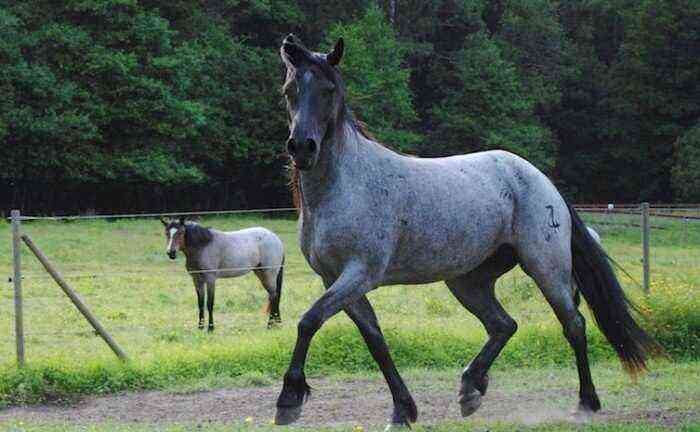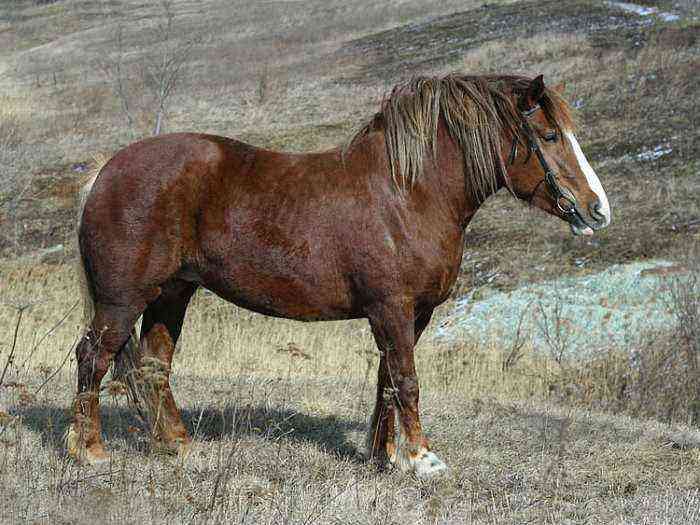Clydesdale horses are native to Scotland. They belong to the heavy-duty species, they are real giants of the equestrian world. The main use of animals is hard work in the field and transportation of goods.
Clydesdale
History of the breed
Scotland has long been famous for its strong working horses, which even in the Middle Ages lived in the small town of Upperward, where the Kleyde River flows. At the beginning of the 18th century, Duke Hamilton IV decided to improve local horses by crossing mares with Flemish stallions brought from Holland.
The descendants of these horses had good signs – they were larger and stronger, they were distinguished by good health. The 18th century is the period of the highest flowering of the Clydesdale horse breed. The updated type pleased the locals so much that they were ready to pay the owners of thoroughbred stallions for the opportunity to have mares with them.
Over time, the breed became popular not only in Scotland, but also in neighboring European countries. In 1878, a stud book was opened. The development of the breed was influenced by the English Shire heavy trucks. Their blood was poured in order to make local horses even larger and more powerful.
In the period from the end of the 18th to the beginning of the 19th century, about 20000 heads of Clydesdales were taken out of the country, the demand for these tireless and strong horses increased so much. The best stallions and mares were sent not only to Europe, but also to Australia and America. There, Scottish heavy trucks were used to improve other breed lines.
The First World War caused serious damage to the Clydesdale population. Massive and strong animals served for the needs of the army. Immediately after its completion, technological progress rapidly developed. Now machines could do the hard work, and the interest in workhorses was gone.
A significant part of the population was exterminated during the war, and the remaining horses were used for meat or simply released into the wild, since it was expensive to keep them. The livestock was sharply reduced, then the Clydesdale breed was classified as an endangered species..
Thanks to the joint efforts of enthusiastic breeders and government programs, the breed was saved. Currently, it is of historical value to the Scots.
Reference. Today there are more than 5000 representatives of the breed in the world, of which a significant part is concentrated outside of Scotland – in Canada and the United States of America.
Exterior
Clydesdales are large in size, but harmoniously folded. Stallions reach a height of 1,65–1,83 m, and weigh about a ton. Scottish heavy trucks have:
- Large broad-browed head with an elongated muzzle and dilated nostrils. The profile may be straight or slightly convex. The eyes are very expressive.
- Large short body with a broad back and muscular croup.
- Massive straight legs with lush friezes and hooves of the correct form.
Representatives of the Clydesdale breed
Representatives of the Clydesdale breed often have white spilled spots on the muzzle, abdomen and limbs. They are characterized by a roan, bay, red or brown color, a gray coat color is very rare.
Character
Despite the gigantic body size, the Clydesdale has a good-natured character. These massive and strong animals readily do their work without showing any temper. One of their advantages is precocity. It is not inherent in all heavy-duty breeds.
Phlegmatic and kind, Clydesdales become attached to their owners and show devotion. They easily endure the harsh climate, quickly adapt to the new regime, give their best in work, but in return require good care and quality nutrition.
How are Scottish heavy trucks used today?
From the 18th to the beginning of the 20th century, these mighty horses were used to transport goods – timber and coal, they were harnessed to heavy carts. Today, the Clydesdales still serve the benefit of rural people in various countries. Their strength is needed where technology will not pass, for example, in the forests of Canada and in mountainous areas.
Some representatives of the breed demonstrate their power and beauty at various exhibitions and festivals. The Scottish heavy truck is unsuitable for sports – the animals are too heavy and slow.
Scottish heavy truck
Features of maintenance and nutrition
Clydesdales are kept in spacious stalls equipped with windows. A layer of sawdust or straw is laid on the floor. Animals need walking every day for several hours. It is important to inspect the hooves after a heavy load and clean them if necessary.
In the summer, horses are bathed twice a week, watered with a hose. After the procedure, the hair is wiped dry with a clean cloth. The mane and tail are shampooed and combed.
The nutrition of a heavy truck must be carefully monitored. The diet should include:
- cereals – oats, barley, bran;
- vegetables and fruits – carrots, fodder beets, apples;
- hay;
- fresh grass;
- minerals and vitamin supplements.
Attention! Lick salt is placed in the feeder of the horse. Feeling the need for minerals, the animal will lick the briquette.
It is important to water your horse properly. She needs to drink 40-60 liters of water per day. In hot weather and under intense loads – more. The main rule is that you can’t give water to a hot horse, you need to let him rest. You can offer water only an hour after hard work.
The Clydesdale horse breed has an interesting history. Several times it was on the verge of extinction, but thanks to Scottish and English enthusiasts, it has survived to this day. Heavy trucks are still highly valued in their homeland, rural residents do not neglect their help. Clydesdales are also used as improvers for other breed lines.
